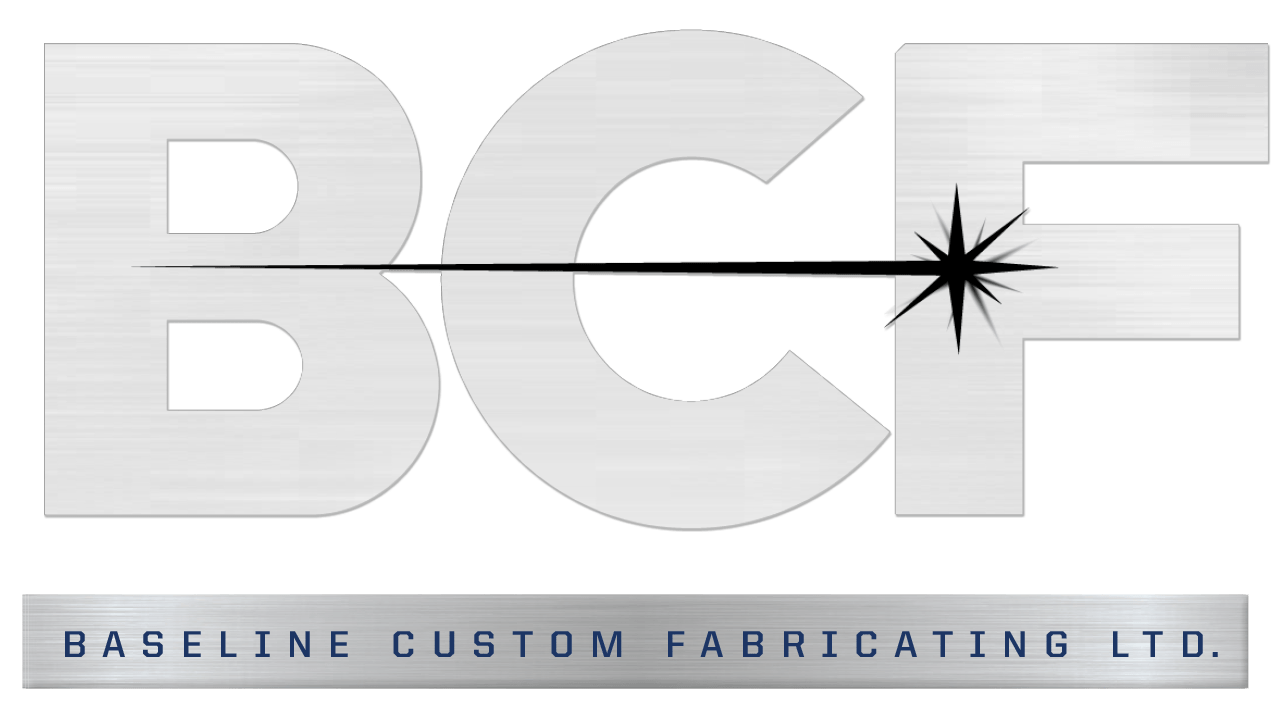Everything Businesses Need to Know About Laser Cutting
Light has a heat equivalent. With enough heat, light can become lasers. In many industries, lasers have many purposes. Today, laser cutting is prevalent in metal fabrication due to its dependable cutting capabilities. Here is everything you need to know about laser cutting.
What Are the Benefits of Laser Cutting?
Aluminum, stainless steel, and carbon steel greatly benefit from lasers because of laser cutting’s exceptional cutting precision. Plus, laser cutting does not result in workpiece artefacts like welding. In addition, manufacturers can quickly adjust laser intensity. Doing this eliminates cutting head changing time that most cutting machines suffer from.
The Working Principle
Laser is an acronym for light amplification through stimulated emission of radiation. Therefore, the machines use focused light radiation to cut through materials. Carbon dioxide lasers are clearly visible to the naked eye. The machines transmit energy through a laser resonator and a reflector beaming down light through a focusing lens. The reflector and specially-manufactured focusing lens efficiently concentrates the light and radiation.
Laser Cutting Staples
Laser cutting boasts precision, dependability, and predictability. As a result, the following technologies have become metal fabrication staple workhorses.
1. Carbon Dioxide Laser
These lasers create their light and radiation through carbon dioxide. The gas consists of carbon dioxide, helium, and nitrogen. Carbon dioxide lasers can cut through sheet metal above 5mm thick.
2. Fibre Lasers
Optic fibre has many applications outside metal fabrication. Fibre lasers can also produce much higher laser intensities that are perfect for metal cutting. It can produce these intensities because it replaces the focusing lens with optic fibre. Doing this amplifies the exit beam and delivers exceptional cutting results on thicker workpieces.
3. Direct Diode Laser
This laser technology is still in its early stages. Direct diode lasers focus on combining existing beam technologies. To maximize its efficiency, innovators remove "fluff" processes. These include optic fibre's "brightness enhancing" procedure. Removing fluff allows innovators to improve energy usage while boosting cutting efficiency.
Get the Best Laser Teams Working On Your Project Today
Baseline Custom Fabricating uses only the best laser technologies existing today. Contact us today to learn more about everything that we can do for you.







